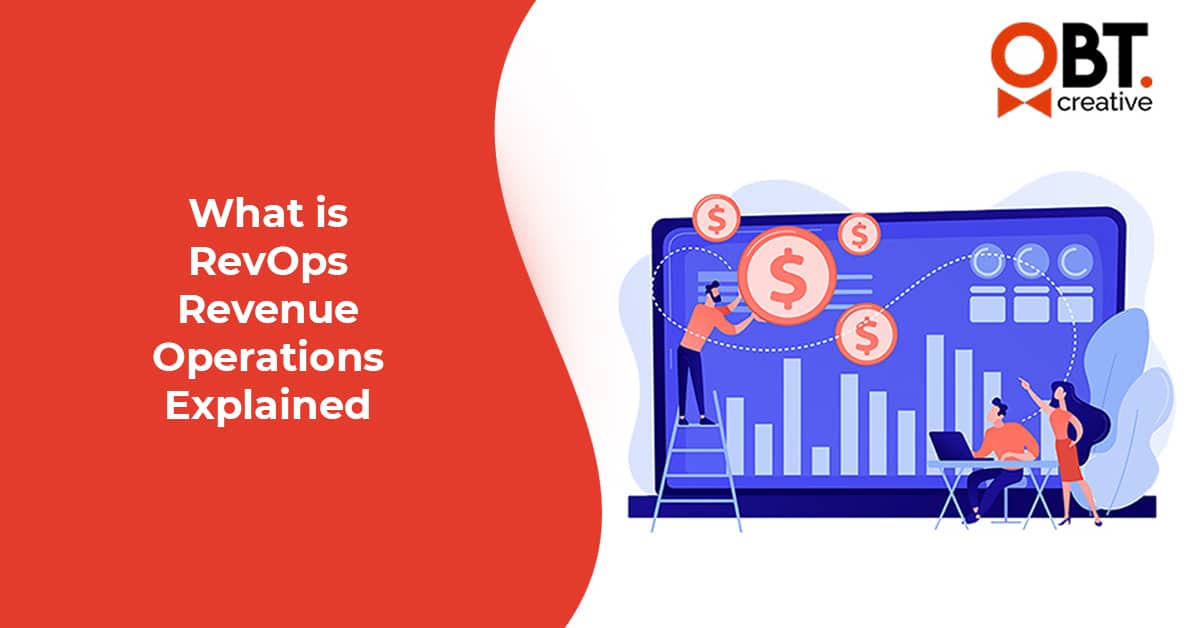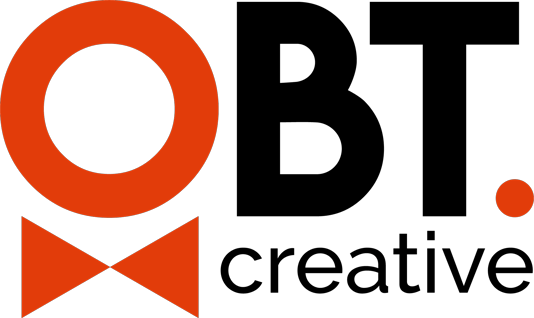“Great CROs must be able to break down silos with revenue operations, such that sales, marketing, and CRM are perfectly aligned and working together to create the best possible experience.”
– Eliot Burdett
Recently, we have witnessed a serious shift in how businesses are approaching their revenue.
Different departments within an organization play different roles. They play their fair share by contributing towards revenue generation, profitability, and growth.
Gone are the days when marketing and sales departments were dominated by creativity and people skills.
Nowadays, these departments look much more operational and technical.
Marketers and sales executives are purchasing different applications for different purposes like:
- Lead generation
- Keyword research
- Campaign management
- And more.
This has resulted in higher spending and operational disasters.
The more you invest in applications, the more silos you create.
This results in serious disagreement between different revenue-generating departments in traditional siloed-structured organizations.
To minimize disputes and wastage of resources, more and more companies around the globe are implementing revenue operations
SiriusDecisions has reported this approach to have helped businesses improve their profitability, customer satisfaction, and innovation. On top of this, organizations that implement this approach today have been predicted to thrive in the next 3-5 years.
RevOps is a fairly new concept.
But it’s soon about to gain traction
Hence, it has become crucial to understand what it’s all about.
This blog post explains what Revenue Operations (RevOps) is and its three core pillars. Also, we’ll look at what RevOps brings to the table and why this approach should be discussed during the board meetings.
Let’s dive in.
What is Revenue Operations (RevOps)?
“Different departments that touch revenue within an organization need to be aligned and supported by a heavily integrated technology system.”
Revenue Operations or RevOps is the methodology that involves aligning an organization’s sales, executive, marketing, and customer service operations to maximize the company’s revenue potential.
The primary goal of RevOps is to break down the silos between different departments and identify the most important tools and strategies for accountability, profitability, efficiency.
Rather than treating revenue as a fortunate outcome of a quality product, RevOps considers it to be a mirror of the supply chain.
RevOps allows the sales executives, customer success team, marketers to work and function together seamlessly, which helps organizations optimize their profit-generating ability.
Here’s a visual to help you understand the difference between siloed operations and revenue operations:
RevOps involves putting all of the crucial elements under a single entity.
This entity will be responsible for aligning all of the units’ processes and tools, helping different departments work together rather than treating each other as different unrelated entities with different goals.
When implemented the right way, RevOps helps organizations rewrite their internal operations, empower client delights, improve their client acquisitions and establish a revenue-driving culture.
With Revenue Operations being a fairly new concept, to understand it in a clear manner, it’s crucial to look at the methodology’s three core pillars.
The Three Core Pillars of RevOps
The basic idea of RevOps revolves around the following core pillars:
- Process
- Platform
- People
Let’s look at the significance of each of them one-by-one.
Process
Within an organization, it’s important to have the right processes in place that create a culture of collaboration. RevOps allows different departments to work together by activating uniform processes, which helps foster accountability as well as trust within a company.
Better collaboration will lead to shorter sales cycles, higher volume of upsells, and improved retention.
Platform
These days, it’s important for businesses to have the most accurate information. RevOps allows different departments to connect and align their technology, helping them provide an accurate and clear story around the organization’s revenue pipeline.
People
The final pillar – people within different departments responsible for managing platforms and processes must be able to collaborate and work together. Depending on your company’s size, you may have separate RevOps teams or can distribute the RevOps responsibilities among different individuals in different departments.
Next, let’s look at the long list of benefits of incorporating RevOps into your existing business model.
The Benefits of Incorporating RevOps
Into Your Existing Business Model
Incorporating RevOps into your existing business model will help your company function like a well-oiled machine.
A few of the benefits include:
- Consistent Tech Stacks
- Happier Customers
- Clear Expectations from Your Audience
- Predictable Growth
Consistent Tech Stacks
With RevOps, different people in different departments can utilize the same tech stack. A tech stack is nothing but different platforms and tools.
So, now your sales team will be able to understand how the customers were marketed to. Your customer success team will be able to identify how the sales team sold a product or service.
Happier Customers
Clear expectations lead to happier customers. While your company’s different departments work together, they’ll easily be able to understand your customers’ needs.
This will result in happier customers, as now your teams will be able to understand the needs of your customers.
Happier customers will lead to more revenue, making it much easier for businesses to scale their operations.
Clear Expectations from Your Audience
Different departments in traditional siloed-structured organizations communicate in an inefficient manner.
As a result, marketers and sales executives or customer success team may send out different messages to their customers.
However, after implementing RevOps, everyone will be on the same page, resulting in consistent communication, allowing them to share the same message with their customers.
This will lead to clear customer expectations.
Predictable Growth
With a data-driven, oiled machine in your arsenal, predicting growth and revenue gets so much simpler.
Implementing RevOps will help different departments respond to market changes in a much more efficient manner, resulting in predictable growth even in the most unpredictable situations.
Conclusion
While RevOps is a fairly new concept, organizations around the world face numerous challenges as a result of their traditional siloed structures.
You need to make sure that revenue-generating are communicating efficiently and are able to work together, resulting in increased revenue potential.
So, it’s time to unleash the power of RevOps and finally align your revenue-generating teams into a single unified revenue-generation engine.



